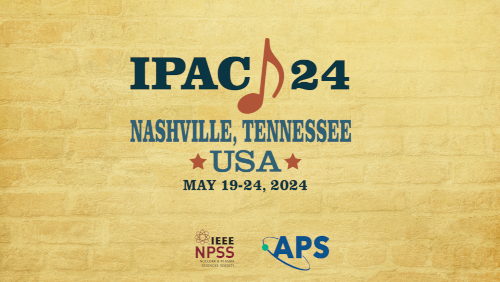Speaker
Description
A cavity-based x-ray free-electron laser (CBXFEL) is a possible future direction in the development of fully coherent hard x-ray sources of high spectral brilliance, a narrow spectral bandwidth of ~1-100 meV, and a high repetition rate of ~1 MHz. A diagnostic tool is required to measure CBXFEL spectra with a meV resolution on the shot-to-shot bases. Here we present test results of a single shot hard x-ray angular-dispersive spectrograph designed for this purpose.
Angular-dispersive x-ray spectrographs are composed of a dispersive element — Bragg reflecting crystals arranged in an asymmetric scattering geometry, a focusing element, and a pixel detector [1]. The CBXFEL spectrograph was designed to image 9.8 keV x-rays in a ~200 meV spectral window with a spectral resolution of a few meV. Two Ge asymmetrically cut crystals in the dispersive 220 Bragg reflection geometry were used as the dispersive element. A compound refractive Be lens was used as the focusing element.
The spectrograph was built and tested at the Advanced Photon Source beamline 1-BM-B. The spectrograph operates close to design specification featuring a 185 meV (FWHM) spectral window of imaging, a 1.4 μm/meV linear dispersion rate, and a spectral resolution of 15 meV estimated with a 40 meV width of the spectral reference benchmark available in the test measurements.
Funding Agency
U.S. Department of Energy, Office of Science, Office of Basic Energy Sciences,
under contract No. DE-AC02-06CH11357.
Footnotes
[1] Yu. Shvyd’ko. Theory of angular-dispersive, imaging hard-x-ray spectrographs. Phys. Rev. A, 91 (2015) 053817.
| Region represented | North America |
|---|---|
| Paper preparation format | LaTeX |

